
Back in 2014 the government's online service for finding apprenticeships was one of what were then called the 'exemplars', a set of 25 major projects to update and reinvent digital government.
My boss at the time, Mike Bracken went to visit the fledgling apprenticeships service team in Coventry.
A few weeks ago I went there myself, to catch up with progress. And I was blown away by how much has changed, and how much the team has delivered.
More than just one service
Government policy says that anyone aged 16 or over, working in England and not in full time education can apply to become an apprentice.
An apprenticeship is a genuine job with an accompanying assessment and skills development programme. They are a way for people to earn while they learn, gaining valuable skills and knowledge in a specific job role.
Larger employers have to pay a levy to government to help fund apprenticeships and pay for the training services. (The amount employers must pay to cover the training depends on various factors, including whether or not they pay the levy.)
Thousands of employers offer apprenticeships. The challenge lies in matching up people looking for apprenticeships with companies offering them.
After about 5 years of continuous iteration, the find an apprenticeship service has earned its place as one of government’s most effective user-centered high-volume transactional services. So far, 2.2 million young people have signed up for the service, which has processed 6 million transactions.
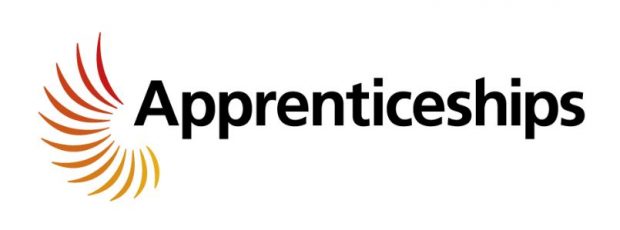
But there's more to this service than meets the eye: it’s not just one service. It’s many. There are multiple different groups of users, and each has different needs. The ones that we’re building digital services for include:
- People who want to become apprentices
- Employers who are offering apprenticeships
- Training providers (like colleges)
- End-point assessment agencies (organisations that assess how well each apprentice has done in their learning)
So many different users. So many varied user needs. So many different services required.
To deal with all that, you need quite a team.
At the Education and Skills Funding Agency office in Coventry, there’s a very talented team of professionals working on these apprenticeships services. In 2018, they won the Digital Public Service Innovation of the Year award from Digital Leaders. I’m not just talking about digital delivery specialists either: there’s a much broader team all involved and playing a part. As ESFA deputy director Eileen Logie wrote in 2017:
“Key is understanding that you have to evolve all of your organisation, not just build web services, in order to successfully transform and create ‘digital services’.”
That’s what it’s all about.
A whole building for agile delivery
When Mike visited in 2014, he met one team, tucked into a corner of one office.
Now the work on apprenticeships is split between 18 different agile teams, alongside many other people in a variety of functions and professions. In Coventry, they fill a whole floor. The Education and Skills Funding Agency now has an entire building set aside for agile delivery teams.
The change that's happened over the last 5 years is really impressive.
As well as the original core service for finding an apprenticeship, there are now several additional services that sit alongside it, meeting those many different user needs. Very briefly, they are:
Find an apprenticeship
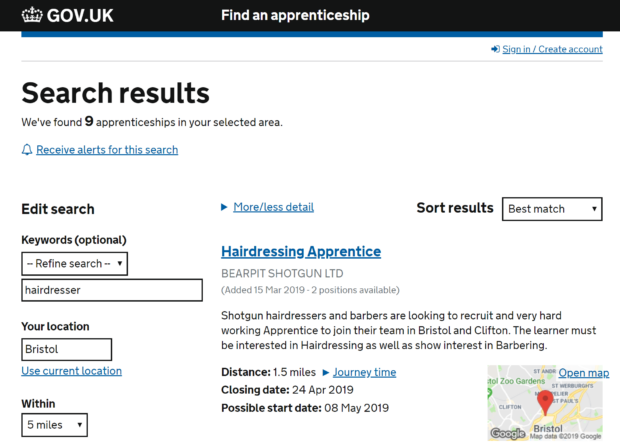
This service is for people who want to become apprentices. They can search by job type, or geographically, or by industry sector.
Recruit an apprentice
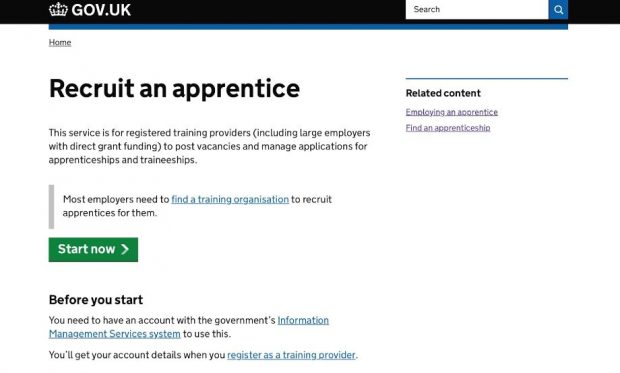
This service is for training providers to post vacancies and manage applications in behalf of employers offering apprenticeship.
Find apprenticeship training
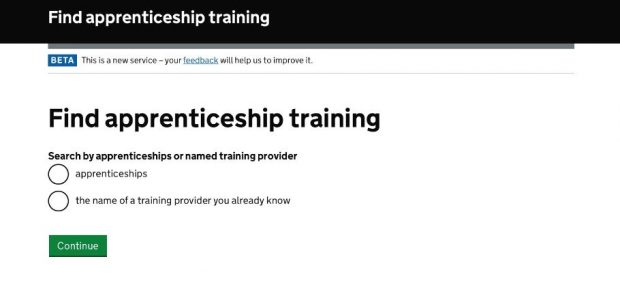
This service is for employers to find appropriate training, and for training providers to make their training available.
Manage apprenticeships
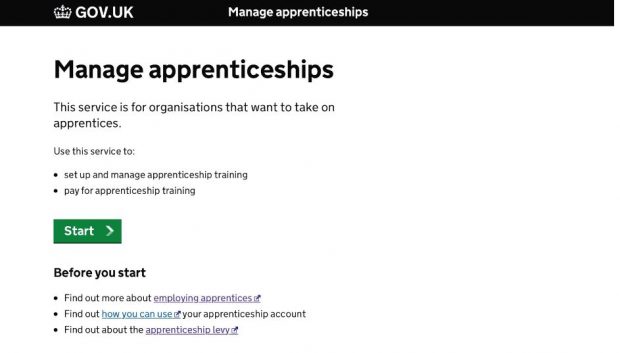
This service helps employers manage the whole process. Through it, they can view their apprenticeship levy funding, add apprentices, sign employer agreements (for example, if they transfer unused apprenticeship funds to other organisations) and manage their PAYE details.
Estimate apprenticeship funding
This service helps employers find out if they will pay the apprenticeship levy, and how much they will have to spend on apprenticeships.
This is what happens when policy and delivery work together
We've been talking a lot about merging policymaking and user-centered design, mainly because DfE has a long history of the former and is still relatively new at the latter.
But the apprenticeships service team shows what happens when we get it right.
The service design team included embedded policy professionals right from the start. They've made user needs their highest priority, and done impressive amounts of user research – including an amazing 4,000 research sessions with employers. Fantastic.
Gary Tucker is Head of Digital at the Coventry office, and he knows how to grow agile teams. He says this: "When you start testing policy against real user needs that have emerged from your research, you start to see ways the policy can change. When policy people and user centered design people start working together, you come up with policy that works in an agile way, and meets user needs."
I came away from Coventry buzzing with excitement at what I'd seen there. I couldn't resist posting a celebratory tweet.
Thank you Gary, and Eileen, for the strong leadership and the guided tour. Thank you to everyone in ESFA, every single team. You're doing great work.
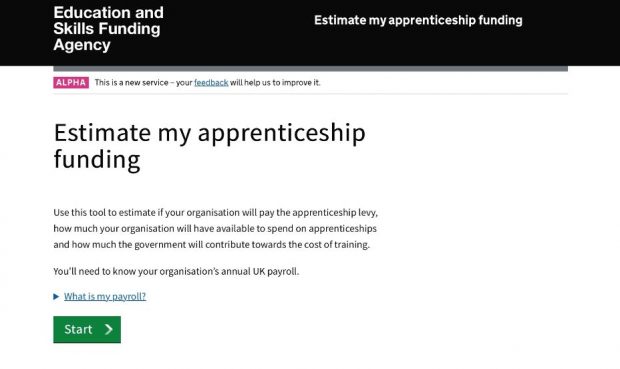
Recent Comments